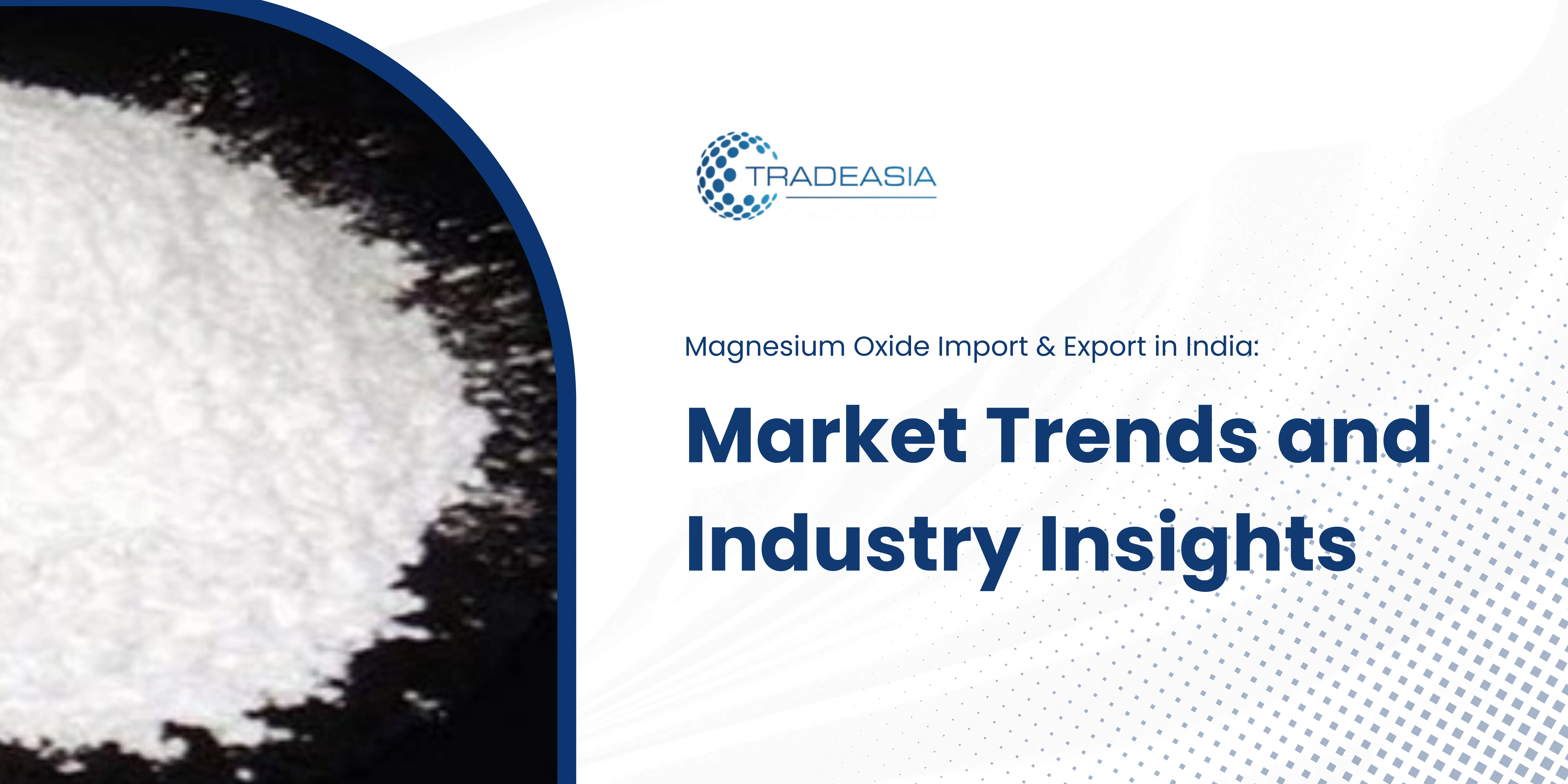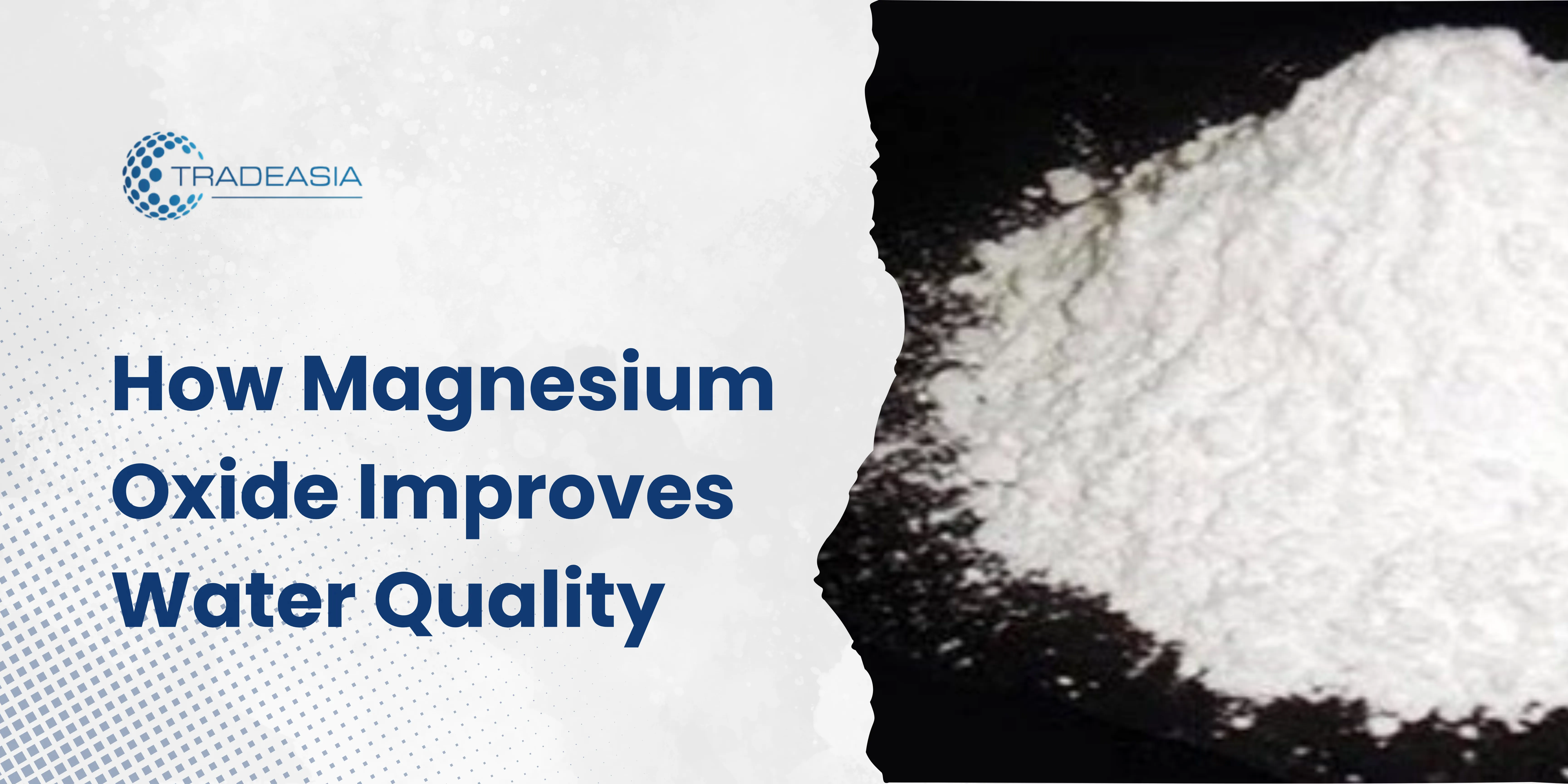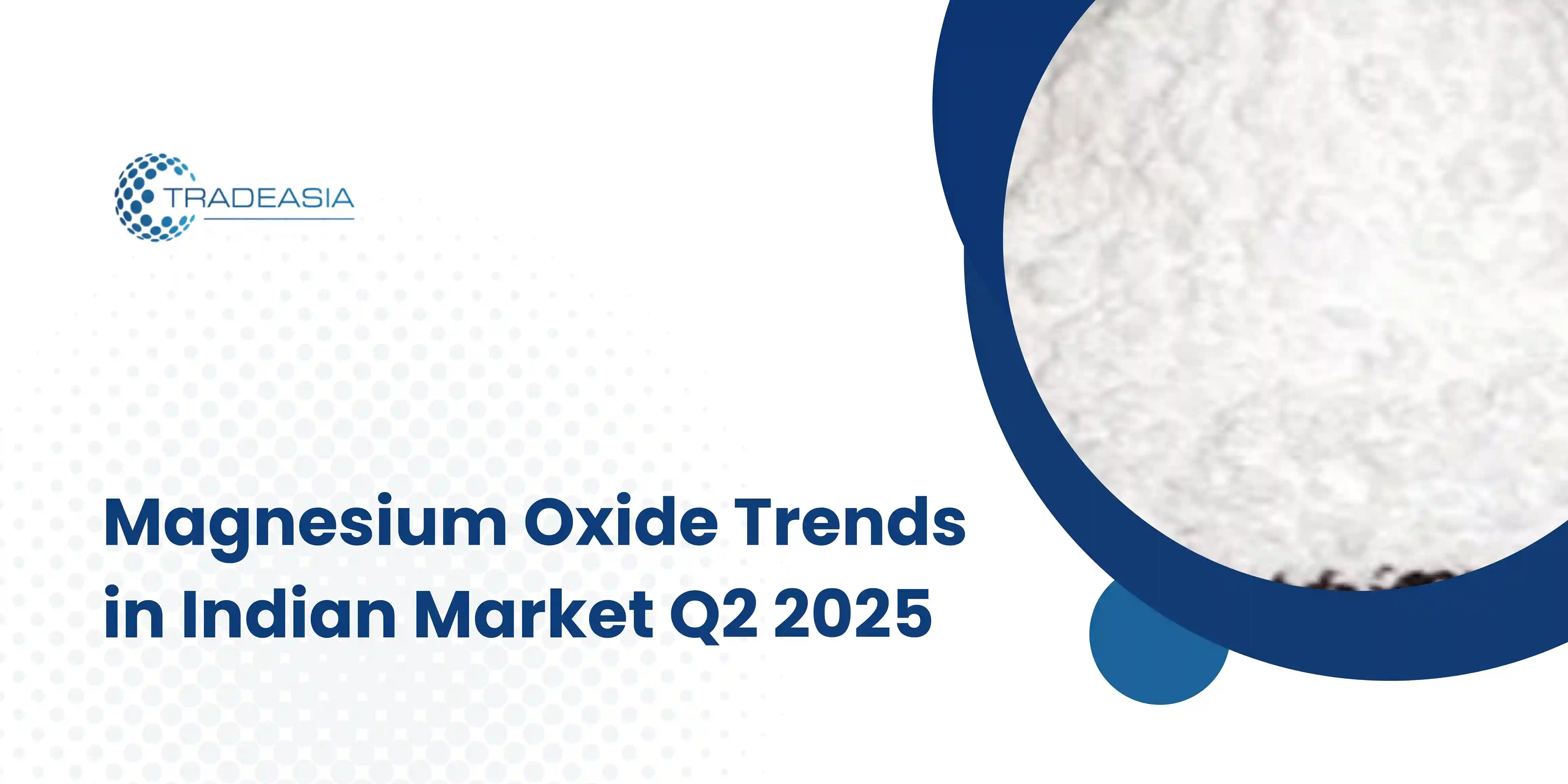India’s dynamic industrial sector continues to thrive in 2025, and Magnesium Oxide (MgO) plays a pivotal role in sustaining this momentum. As a compound known for its thermal stability, basicity, and versatility, MgO finds extensive applications in the country’s rapidly expanding construction, steel, agriculture, water treatment, and pharmaceutical sectors.
In Q2 2025, driven by strong infrastructure investments and seasonal demand patterns, we observe clear surges in consumption and transformation in application strategies. This article explores how MgO aligns with India’s manufacturing goals this quarter and anticipates its direction for the rest of the year.
Overview of Magnesium Oxide in Manufacturing
Magnesium Oxide is derived primarily from magnesite and seawater through calcination processes. It exists in two main grades: caustic calcined (lightly calcined) and dead burned. Caustic calcined MgO is often used in agriculture and pharmaceuticals, while dead-burned MgO is essential in high-temperature industrial applications like steel production and refractory linings.
The adaptability of MgO makes it irreplaceable in specific functions, including:
-
Cement enhancement for faster curing and strength
-
High-temp linings for furnaces and kilns
-
Nutrient supplementation in fertilizers
-
Effluent neutralization and pH control in water systems
India’s Industrial Landscape in Q2 2025
India's industrial indicators have maintained upward trajectories in Q2, bolstered by:
-
Higher industrial output indices
-
Rising FDI in core sectors
-
Government budget allocations for smart city and port infrastructure
These developments directly impact MgO demand. Q2 sees pre-monsoon construction booms, robust agricultural preparations, and peak output in core manufacturing hubs, notably in Gujarat, Maharashtra, Tamil Nadu, and Chhattisgarh.
Key Sectors Driving MgO Demand
4.1 Construction and Cement
The demand for sustainable and fire-resistant materials has increased the adoption of MgO-based cement boards and additives. These materials not only reduce carbon footprints but also provide longer life cycles for infrastructure projects. Construction firms also leverage MgO for lightweight, thermal-insulating panels in urban high-rises and green buildings.
4.2 Steel and Metallurgy
In metallurgy, MgO is used to shield furnace linings from chemical erosion and thermal damage. Indian steel plants have expanded in Odisha and Jharkhand, elevating demand for refractory bricks. Advanced MgO-spinel refractories are also being trialed for higher longevity and energy efficiency.
4.3 Pharmaceuticals
The pharmaceutical sector, especially in Hyderabad and Mumbai, sees MgO as a vital excipient in drug formulations. It is utilized in producing tablets, effervescent powders, and also plays a role in managing stomach acidity. The global export push from Indian pharma hubs has kept the production lines busy in Q2.
4.4 Agriculture
Q2 marks the critical planting season for many Indian states. MgO is applied in fertilizers to correct magnesium deficiencies in soil, improve chlorophyll synthesis, and enhance crop yields. Additionally, MgO is included in animal feed premixes to support livestock health, which becomes important ahead of the monsoon grazing period.
4.5 Water Treatment
Urbanization and industrialization have led to a surge in municipal and industrial effluent, which requires effective treatment. MgO helps neutralize acidic wastewaters, precipitate heavy metals, and raise water alkalinity. With rising demand for water recycling, MgO finds consistent year-round application in both public and private facilities.
See more:
Factors Influencing MgO Trends in Q2 2025
-
Seasonal Influence: Q2 is agriculturally sensitive, requiring soil conditioning products like MgO.
-
Urban Construction Boom: Major metro projects in Delhi, Bengaluru, and Ahmedabad are consuming large volumes of MgO-based wallboards and cementitious materials.
-
Steel Industry Output: India’s crude steel output reached a record high this quarter, boosting refractory MgO demand.
-
Clean Water Drive: Government-led Jal Jeevan Mission continues to fund water treatment plants using MgO for filtration and purification.
Import and Supply Chain Dynamics
India sources MgO from countries like China, Greece, and Turkey, where varied grades (fused, caustic calcined, dead-burned) are available. In Q2 2025:
-
Shipping logistics have stabilized, making import timelines more predictable.
-
Ports like Nhava Sheva and Chennai have seen an increase in bulk chemical cargo.
-
Indian traders are also investing in blending and storage facilities near demand centers.
Domestic production has also increased slightly, but India still imports >60% of its industrial-grade MgO.
Regional Demand Patterns
Different regions in India show unique demand behaviors:
-
South India (Tamil Nadu, Karnataka): High usage in construction and pharmaceuticals
-
West India (Maharashtra, Gujarat): Focus on cement and water treatment
-
East India (Jharkhand, Odisha): Driven by steel and refractory industries
-
North India (Punjab, Delhi NCR): Urban building and infrastructure projects dominate
Technology and Innovation in MgO Use
Emerging technologies are enhancing MgO's role in various sectors:
-
Nano-MgO composites in biomedical applications
-
MgO-based flame-retardant coatings
-
High-performance MgO cement alternatives with better CO₂ capture capacity
R&D in India, especially through academic partnerships and industrial R&D labs, has begun integrating MgO into composite materials and 3D printed concrete blocks.
Market Forecast and Growth Trajectory
-
The MgO market in India is expected to grow at a CAGR of 9–11% through 2028.
-
Construction and metallurgy will remain dominant sectors, while pharmaceutical and water treatment applications will see the highest growth rate.
-
Increased use of AI in logistics and predictive inventory management will make MgO distribution more efficient.
Sustainability and Environmental Considerations
MgO production has environmental impacts, particularly from CO₂ emissions during calcination. However, newer low-carbon processes are being trialed. In India:
-
Green building certifications are encouraging low-impact MgO applications
-
Regulatory oversight is improving, especially for imported materials used in pharma and agri sectors
Trade Regulations and Compliance
India's Bureau of Indian Standards (BIS) is updating specifications for industrial chemicals, including MgO. Q2 has seen increased customs checks to ensure:
This ensures product safety for pharma, agriculture, and construction applications.
Conclusion
In Q2 2025, India stands at a critical juncture in its industrial growth, with Magnesium Oxide firmly embedded in its chemical and manufacturing ecosystem. From mega infrastructure projects to niche pharmaceutical formulations, MgO continues to deliver value, efficiency, and innovation.
Manufacturers and buyers must stay ahead by tracking trends, regulatory shifts, and technological developments. As this article highlights, MgO is no longer just a mineral—it's a strategic industrial asset in India’s economic progress.
Explore Chemtradeasia’s offerings on:



Leave a Comment